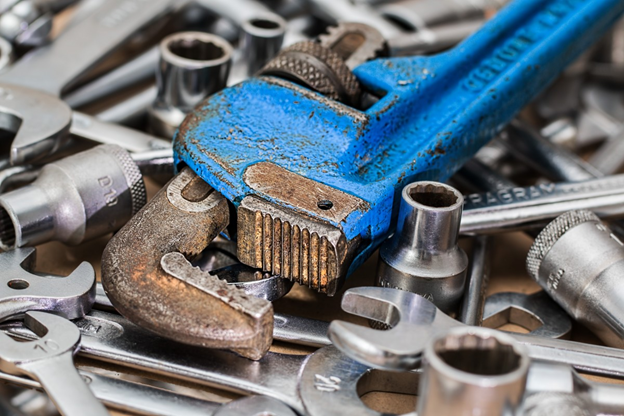Conveyor belts have been an essential part of the manufacturing, logistics, and production industry for decades. These belts wear out whether they carry ore, grain, or other materials. An aging conveyor belt is often a sign that it’s time to replace it. But how can you tell if your conveyor belt is ready for the scrap heap?
While it can be expensive to replace conveyor belts, do not wait until the last minute to do it. If a belt is wearing down prematurely, it could cause problems for the entire system. In the worst-case scenario, if the belt breaks and there is no backup belt installed, your entire operation will come to a screeching halt. Luckily, we came up with ways to prolong the life of your conveyor belts. We also have tips from experts in the industry; the best replacement conveyor belts strategies are here.
How to delay conveyor belt replacement?
Replacing a conveyor belt can be an expensive and labor-intensive process, especially if the belt is 20 meters long. To save money and time on your next replacement job, here are some tips to follow:
Inspect regularly.
You should inspect your belt regularly to look for any damage or signs of wear and tear before they become serious problems. You don’t want to wait until something breaks or stops working before you notice and address it.
Here are some tips when doing a conveyor belt inspection:
- Inspect your belt at least once a week. This will give you plenty of time to address any issues before they become serious.
- Inspect all moving parts of your belt. Look at the rollers and idlers, as well as the main drive shaft. Make sure that nothing is loose or visibly damaged. If you notice any significant damage, order a replacement right away. If you do not have a replacement in stock, your business may be forced to shut down while you wait for the new belt to arrive if there is a problem with your current one.
- Check for signs of wear and tear. Look for tears or missing chunks of rubber on the belt surface and make sure that it is clean and free from abrasive materials collected from processing material over time.
- If you spot anything suspicious, mark it and get it checked out by a professional ASAP so that it does not turn into a larger problem. Most taken-for-granted issues cause costly damage to other system components later on down the road.
Avoid Tugging and Friction.
Tugging and friction can cause damage to your conveyor belt. This kind of damage is commonly referred to as “conveyor belt rash.” Conveyor belt rash is one of the leading causes of conveyor problems. It occurs when your conveyor’s nylon material is pinched between two parts or rubbed aggressively against something like the metal rollers found on a dryer-feed system. This kind of rough treatment can cause it to fray and snag, which will eventually lead to holes or tears in it. To avoid this kind of damage, make sure nothing is rubbing against your belts or pulling at them in any way while they run.
Invest in Quality Materials.
The majority of conveyor belts have a lifespan between 10 and 15 years. Many are engineered for much longer use if they are correctly maintained. That means investing in high-quality materials from the start is a critical way to reduce replacement costs later on.
Use a lubricant to reduce wear.
Lubricants can help extend the life of your conveyor belt, which reduces the need for costly replacements. However, you should remember that applying too much lubricant can cause the belt to slip or even break. Make sure the surface is clean before applying lubricant. Suppose the lubricant doesn’t penetrate into small cracks in the conveyor belt. In that case, you may need to apply a penetrating oil or other heavy-duty cleaners instead.
Don’t use high temperatures.
High temperatures and humidity can destroy conveyor belts quickly. If you’re having trouble with a conveyor belt, first check these two factors before replacing them altogether.
Replace damaged parts immediately.
Even if you don’t see any visible damage on a conveyor belt, it could be under strain from physical damage or extreme heat, humidity, or cold. Replace any broken parts as soon as possible to prevent further damage from occurring.
Keep it dry.
The worst thing to do is to let moisture sit on your conveyor belt. Moisture can speed up the aging process of a conveyor belt, causing it to wear down more quickly.
Tightly cover any openings in the conveyor system with plastic sheeting or tarp before it rains and remove it as soon as possible after the thunderstorm has passed. Raise the conveyor belt off the ground by placing some sort of board underneath the rollers at each end of the conveyor belt. This allows any water that may accumulate to run off, keeping it from sitting on top of your conveyor system.
Avoid using a high-pressure washer to clean your conveyor system. Instead, spray it with water until you have removed all of the dirt and debris, then lightly brush it clean with a soft-bristled brush. Use only soap and water when cleaning your conveyor lines. Never use any type of chemicals, detergents, or cleaning agents, as they could damage the rubber and plastic components in the conveyor system.

